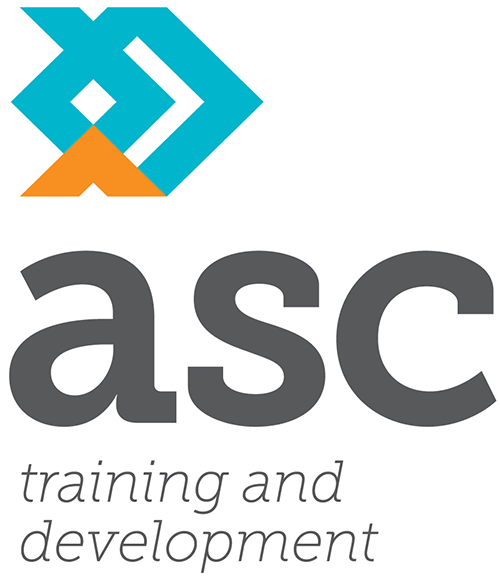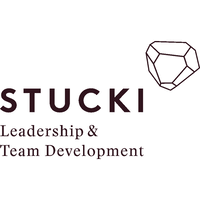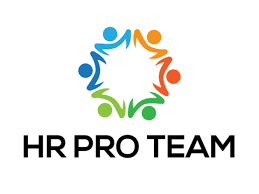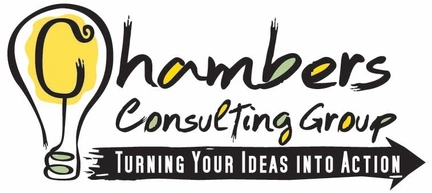If you’re a trainer, facilitator, or learning partner who’s committed to delivering more than just information—but fundamental transformation—this post is for you.
The goal: to spark a course that’s meaningful, aligned, and impactful. And yes: you won’t be reinventing the wheel.
You’ll be using the Business Basics Workshop Pack from Oak Innovation.
Here are seven strategies to bring purpose into every corner of your Business Basics course.
Strategy 1: Start with the “why” – get quiet with your purpose
Before you open the first slide, pause and ask: Why am I running this Business Basics course? What difference do I want it to make for the participants, for the organisation, for the world?
This echoes the “get quiet with yourself” idea: you need to tune into the deeper purpose behind the training.
The good news: you’re not starting from scratch. The Oak Innovation pack gives you the framework—but you bring the purpose.
It’s a plug-and-play resource designed to help you walk into the room calm, confident, and ready to spark light-bulb moments.
When your purpose is clear, every module, activity, and discussion becomes more meaningful.
Strategy 2: Align your course with core values
Once your “why” is clear, identify the core values you want to embed in your workshop, such as growth, integrity, innovation, and collaboration. These become your guiding lights.
With the Business Basics pack, you can tailor the content (fully editable materials: PowerPoint, workbook, facilitator guide) to reflect those values and ensure the tone, language, and examples align.
When participants see those values in action through your delivery, the training stops being just “another day of slides” and becomes something they connect with.
Strategy 3: Use action-based experiments, not passive lectures
One of the significant shifts in purposeful training is moving from “tell” to “do”.
Select workshop activities that encourage participants to experiment, reflect, and apply their learning immediately.
The Business Basics pack supports this, as it includes activities, templates, and workshop tools aligned with adult learning best practices.
Plan your course so that participants aren’t passive; they work, they practice, and they leave with momentum. That action component is how purpose shows up.
Strategy 4: Release the myth of one perfect-purpose path (and allow evolution)
If you aim to deliver a “business basics” course, you might feel pressured to cover a fixed list of topics. But purpose demands flexibility.
Use the pack’s structure (topics: business environment, design, change management, communication, marketing-sales, innovation & continuous improvement) as a scaffold—not a cage.
Allow your participants (and you) to adapt the session based on what matters most to them. In other words: tailor the workshop so it evolves with the audience. That’s purposeful.
Strategy 5: Embrace going off-course when needed
Sometimes the scheduled agenda doesn’t match the real energy in the room. You’ll feel it. Instead of rigidly sticking to slides, be willing to pause, re-align, and shift direction.
Because the Oak Innovation pack gives you full editing rights (you can tweak, re-brand, adapt) you’re empowered to follow the audience’s pulse rather than being chained to a predetermined path.
This flexibility builds trust, engagement, and shows that your purpose isn’t “deliver content” but “support growth”.
Strategy 6: Connect participants with like-minded peers and community
Training is more powerful when it’s interactive and communal. Encourage participants to share experience, network, and reflect together.
Your course becomes not just a session but a catalyst for ongoing connection. The Business Basics pack’s design supports this with group activities and collaborative tools.
When people leave feeling part of a community, the purpose of the training expands beyond the workshop room.
Strategy 7: Create a mission-oriented course statement
Finally, craft a mission statement for this specific course. Something like: “Our purpose is to equip new managers by delivering practical business basics knowledge for teams to grow.”
You can capture this at the start of the workshop. Use it as a compass throughout every module.
Because you’re using the Business Basics Workshop Pack, you already have structure—so layer in your mission statement in the opening slides, reference it in the facilitator guide, and reinforce it in activities. It binds everything together.
And because the pack gives you lifetime use rights, you’re free to deliver this mission again and again.
Why choosing the Oak Innovation Business Basics Pack makes sense
Here are some of the reasons this resource aligns with the above strategies and why it’s a wise choice:
- It cuts your prep time dramatically — you download, customise, and deliver.
- It’s designed for “employees at all levels” and can be used for new managers, teams, or internal training.
- All materials are editable—PowerPoint, workbook, and facilitator guide—so you can easily embed your values and purpose.
- It includes relevant core business topics (business environment, strategy, change, communication, marketing, sales, innovation), so you cover what matters while still tailoring the workshop to your audience’s unique needs.
- Lifetime use rights mean you deliver it repeatedly without recurring cost or worrying about licensing.
If you’re ready to deliver a purposeful Business Basics course—where participants actually engage, grow, and feel the impact—then this pack gives you the foundation, and you bring the purpose.
Next steps (for you)
- Clarify your purpose for the course and write your mission statement.
- Download the Business Basics Workshop Pack from Oak Innovation:
- Customize the materials: insert your organisation’s branding, add examples aligned with your values, and tweak slides where needed.
- Design the participant experience around action: identify 2-3 high-impact experiments participants do during the day.
- Prepare to be flexible: review the facilitator guide and anticipate areas where you may need to adjust based on the group’s energy.
- Build in community: plan at least one peer-interaction segment to allow participants to connect, reflect, and commit to next steps together.
- Launch your course with intention: open with your mission statement, revisit it throughout the day, and conclude by asking participants, “How will you live this purpose after the workshop?”























































